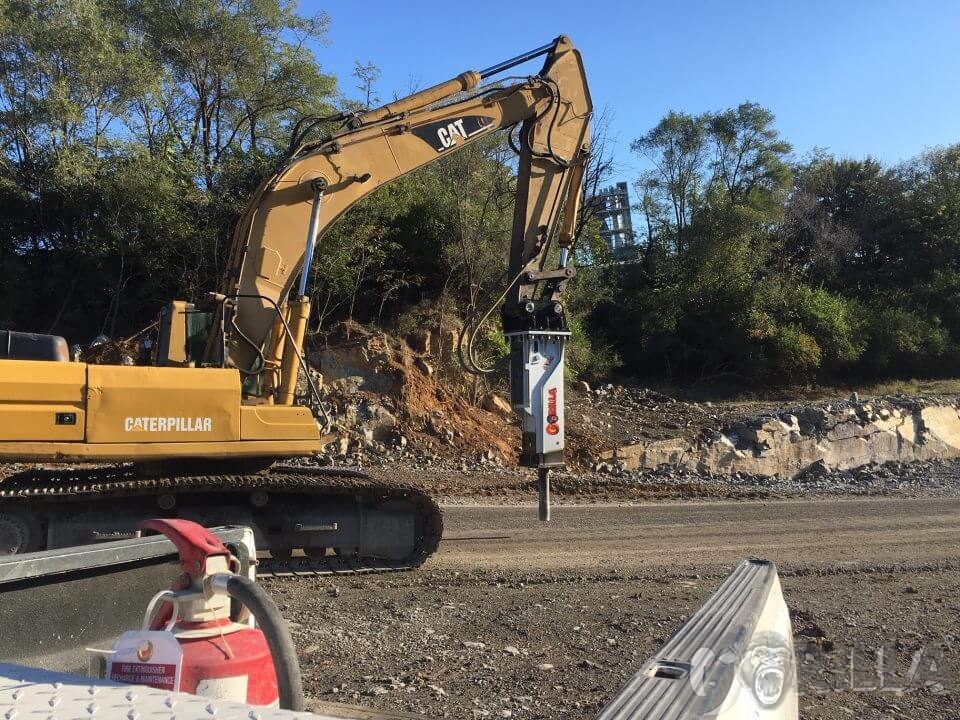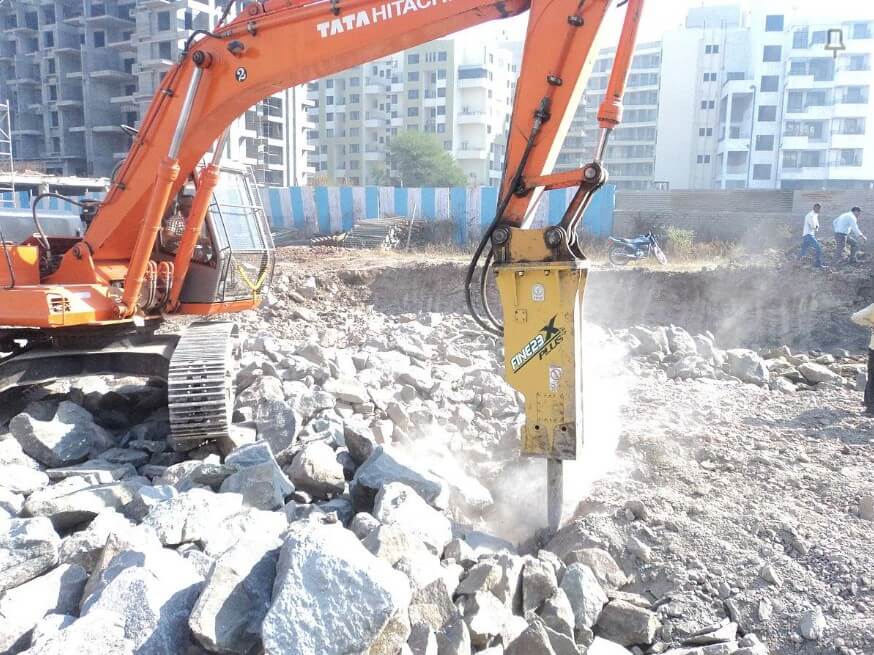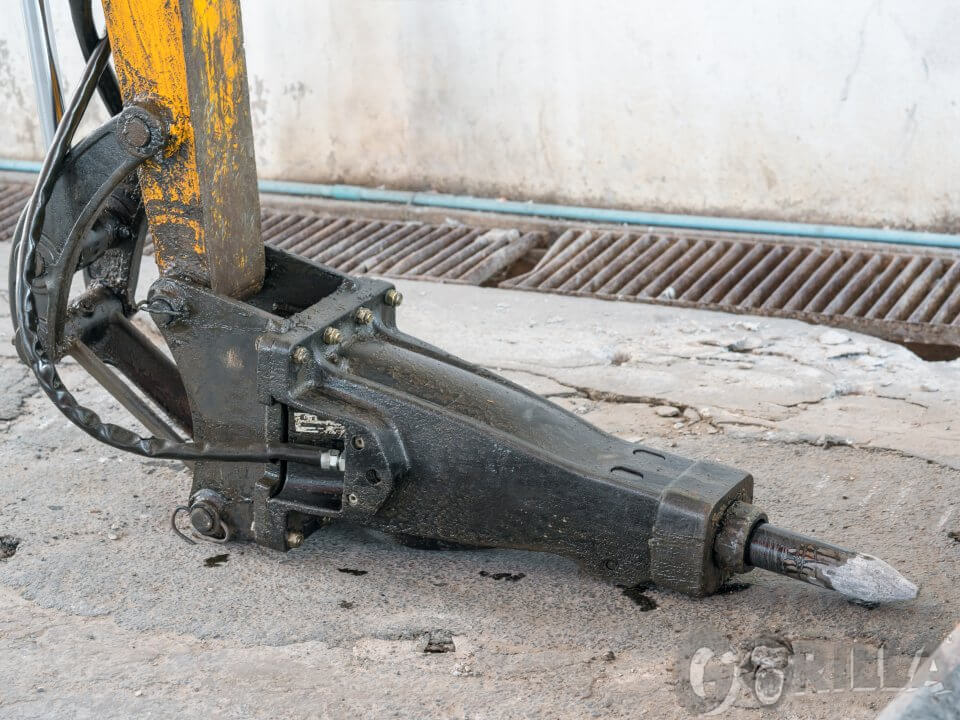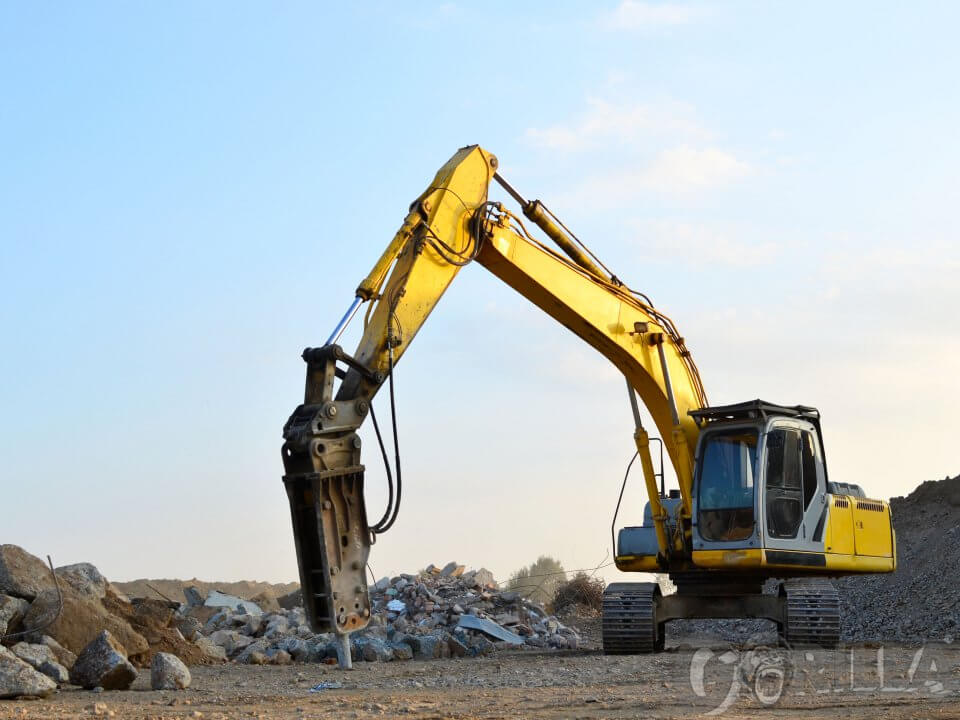- Filter by
- Categories
- Tags
- Authors
- Show all
- All
- Heavy Demolition
- Hydraulic Hammer Repair
- Hydraulic Hammers
- Industry Article
- Parts
- Renting
- Replacements
- Tips
- Uncategorized
November 18, 2025
Published by admin at November 18, 2025
Winter is coming, and your equipment will feel the impact. Cold weather slows machines, drains batteries, thickens fluids, and increases the risk of parts failing. To […]
October 29, 2025
Published by admin at October 29, 2025
Categories
Preparing Your Heavy Equipment for Winter As the temperatures drop and winter approaches, construction and demolition professionals know that cold weather can take a serious toll […]
September 23, 2025
Published by admin at September 23, 2025
Categories
Common Fall Construction Challenges When fall rolls in, the pumpkin patches look inviting, but construction sites? Not so much. Cooler temperatures, shorter days, and unpredictable weather […]
September 17, 2025
Published by admin at September 17, 2025
Categories
A Guide to Purchasing Hydraulic Breakers at Auctions Plenty of excavation and general contractors don’t use a hydraulic hammer every day. They want to save on […]
August 19, 2025
Published by admin at August 19, 2025
Categories
Summer isn’t just hard on humans; it is also hard on electrical equipment, simply because to withstand the heat, they have to work for longer periods […]
August 14, 2025
Published by admin at August 14, 2025
Categories
Extend the Life of Your Breaker A hydraulic hammer or breaker is an investment, and with the proper maintenance and care, it can last about 8-10 […]
July 30, 2025
Published by admin at July 30, 2025
Categories
Hydraulic Hammer Sizing Mistakes That Could Cost You Thousands Choosing the right hydraulic hammer isn’t just about picking the biggest or most powerful one. If you […]
July 11, 2025
Published by admin at July 11, 2025
Categories
Benefits of Renting a Hydraulic Hammer Are you looking into the purchase of a hydraulic hammer? Buying may be the right decision for larger projects or companies […]
June 26, 2025
Published by admin at June 26, 2025
Categories
What Are Carbide Core Tools? Carbide core tools are essential components in the demolition and construction industries, especially when paired with hydraulic hammers and breakers. These […]







